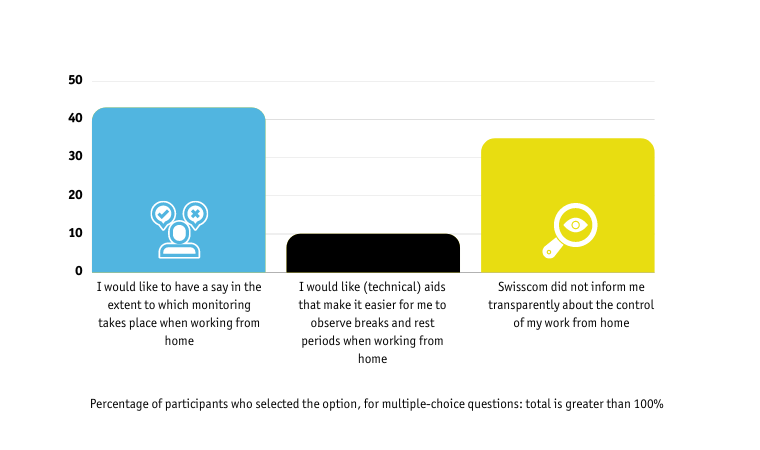Results of the Home Office Survey 2023 at Swisscom
Since the COVID-19 pandemic, home office working has become the norm. During lockdown we were not allowed to work in the office at all, and even now many employees still spend several days a week working from home. We are convinced that working from home can be beneficial for employees, but only if social partners can get involved in shaping the home office workplace.
Therefore, back in 2020, we conducted a survey among Swisscom employees and successfully created home office procedures with Swisscom based on the results. Although the pandemic-related lockdowns appear to be over for now, we still needed to learn more: How do employees find it working from home? What are their concerns? More than 3,700 employees took part at the beginning of 2023. The results will feature in our meetings with Swisscom on updating the procedures.
The results in detail
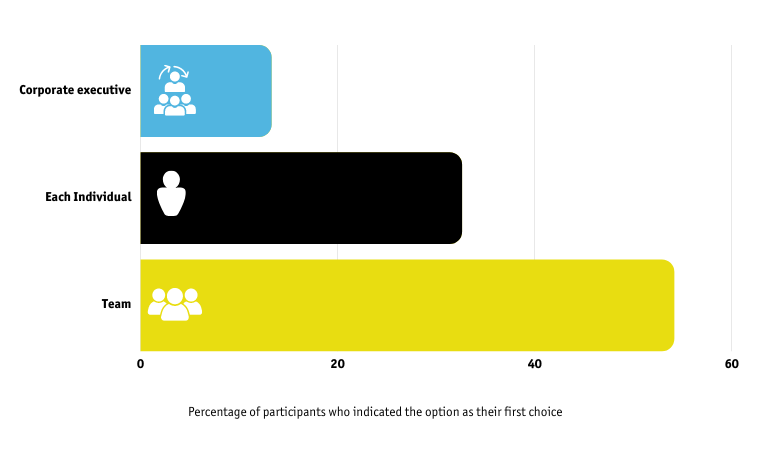
In this question, participants were able to state who should have the main responsibility. The majority would like home office working to be defined at team level.Only 13% say that Group management should define it.
Not shown: 70% of respondents think that Group management should have the least input.
Of interest: Participants also see input on an individual level as less important, with 26% stating that it was least important.
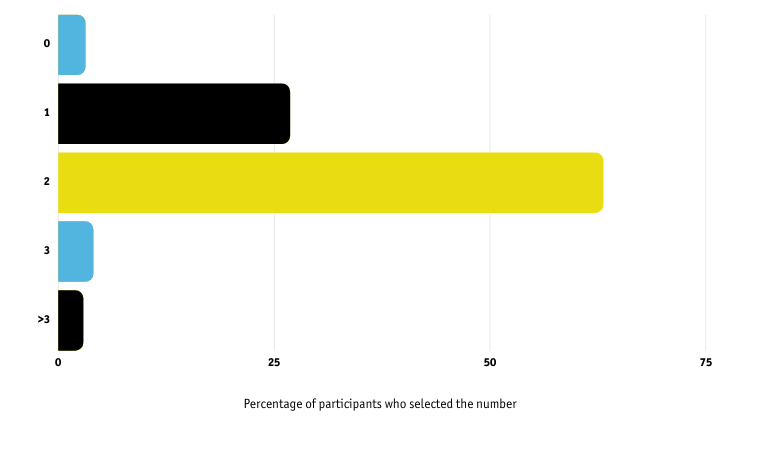
This analysis excluded all respondents who said “more than five days a week”, as it is unclear how to interpret their answer.
On average, 1.8 days a week were agreed. 90% of the respondents stated that their team agreed to be in the office for one or two days. Only 3% stated that their team agreed on no days in the office.
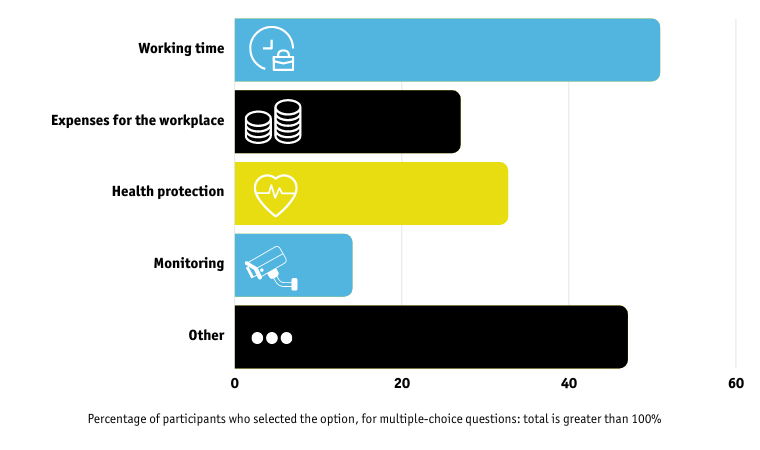
For half of the respondents, working hours were the main issue. Health and safety ranked second in importance.
Fascinating findings: Working hours are now a greater concern compared with the 2020 survey. This may be because home office working is now voluntary for most employees, and they have well-equipped ergonomic home office workplaces. There’s more focus on working time issues such as flexibility, but also greater concern about the intrusion of working time into leisure time when working from home.

Around 40% of participants said that they have other concerns. These participants also had the opportunity to enter any other pressing issues in the comments field.
Most of these issues relate to work-life balance. They also include health aspects, quality of life, flexibility and family life.
In second place were issues regarding the working environment (no disruption, ability to concentrate when working, home office infrastructure) as well as commuting (in particular, time, but also the negative impact on the environment).
Around 10% of participants stated that the often greater efficiency and productivity in the office compared with working from home was also a consideration. Similarly, around 10% specified the lack of interaction with colleagues and the negative impact on teamwork when working from home.
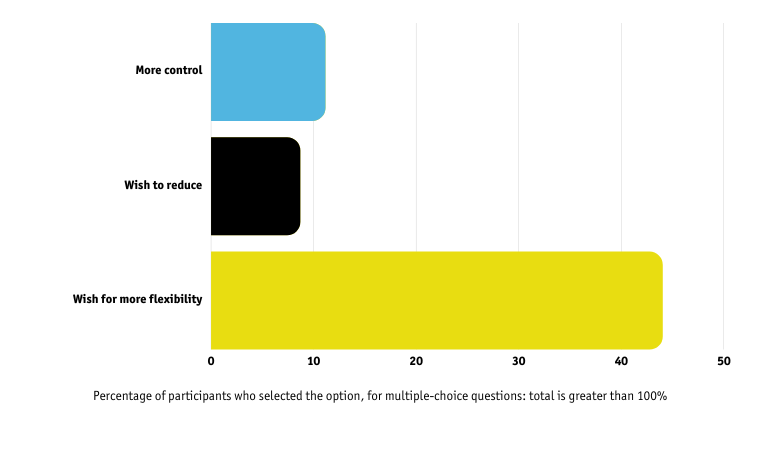
The desire for flexibility, stated by 44% of participants, is once again highlighted here.
Fascinating findings: The results for 2023 correlate quite closely with those of 2020. Only difference: The percentage of respondents who want tighter control of working hours when working from home – presumably to prevent the blurring of working time and leisure time – has doubled.
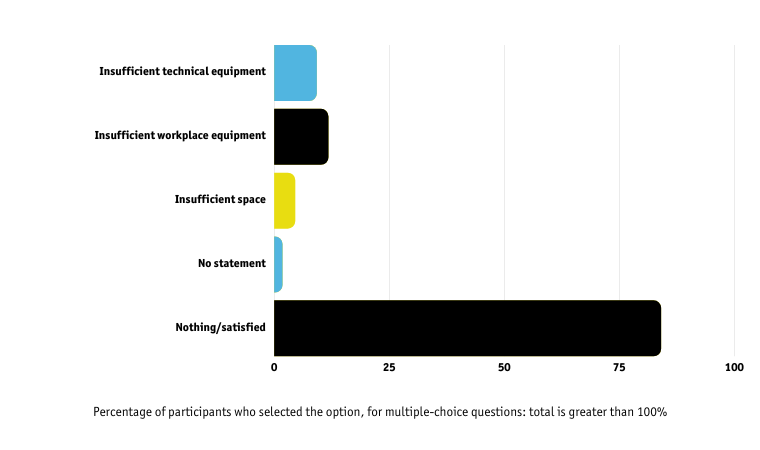
Almost 85% of participants are happy with their home office workplace. This is in stark contrast to the 2020 survey. At the time, 26% of respondents stated that their workplace at home was inadequately equipped; that figure is now just 11%. This indicates that many Swisscom employees have a well-equipped workplace.
This time, we also asked what level of annual fixed rate compensation would be needed to cover costs incurred by a home office. While around one quarter stated that they did not require compensation, the median response to this question was 400 Swiss francs, although 25% of participants gave a figure of 890 Swiss francs or more, and 10% a figure of 1,500 Swiss francs or more.
This suggests that most employees would like better coverage of the expenses involved.
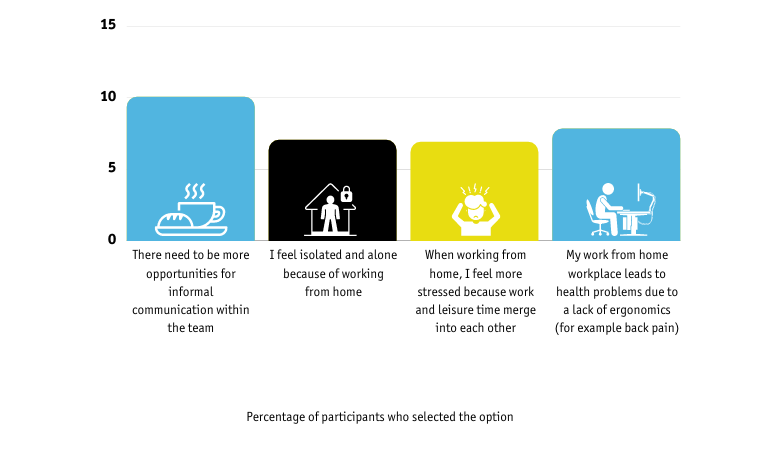
Three out of four respondents report that they had no health problems due to working from home. That’s great to hear!
In 2020, we surveyed the desire for more informal interaction. At the time, this was a need for 27% of participants. Today, that figure is just 10%. This is good news, and shows that the return to some normality after the lockdowns also appears to have satisfied the need for interaction.
In the current survey, we asked about isolation, poor ergonomics and stress caused by the blurring of boundaries between working time and leisure time. Significant groups stated that this was an issue for them. The task now is to find solutions for these groups comprised of several hundred respondents.
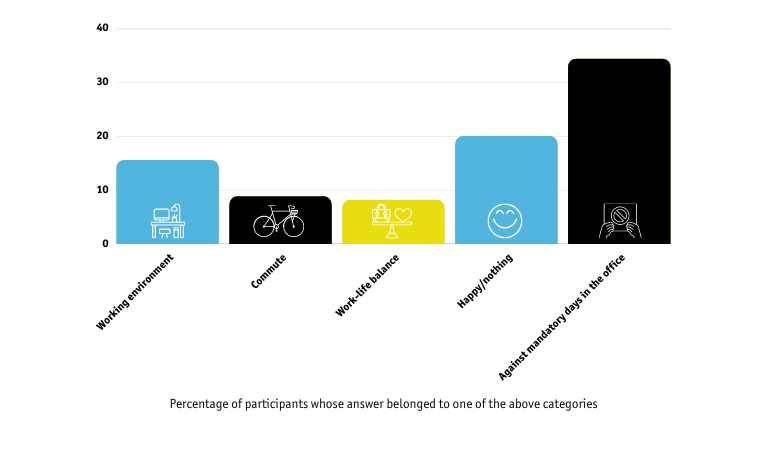
At the end, participants had the opportunity to say once again, in an open-ended question, what else was bothering them. The summary shows:
- One in three comments expressed resentment about mandatory days in the office.
- 20% of comments stated that participants were generally happy with working from home.
- 15% criticised the office infrastructure (“environment”).


